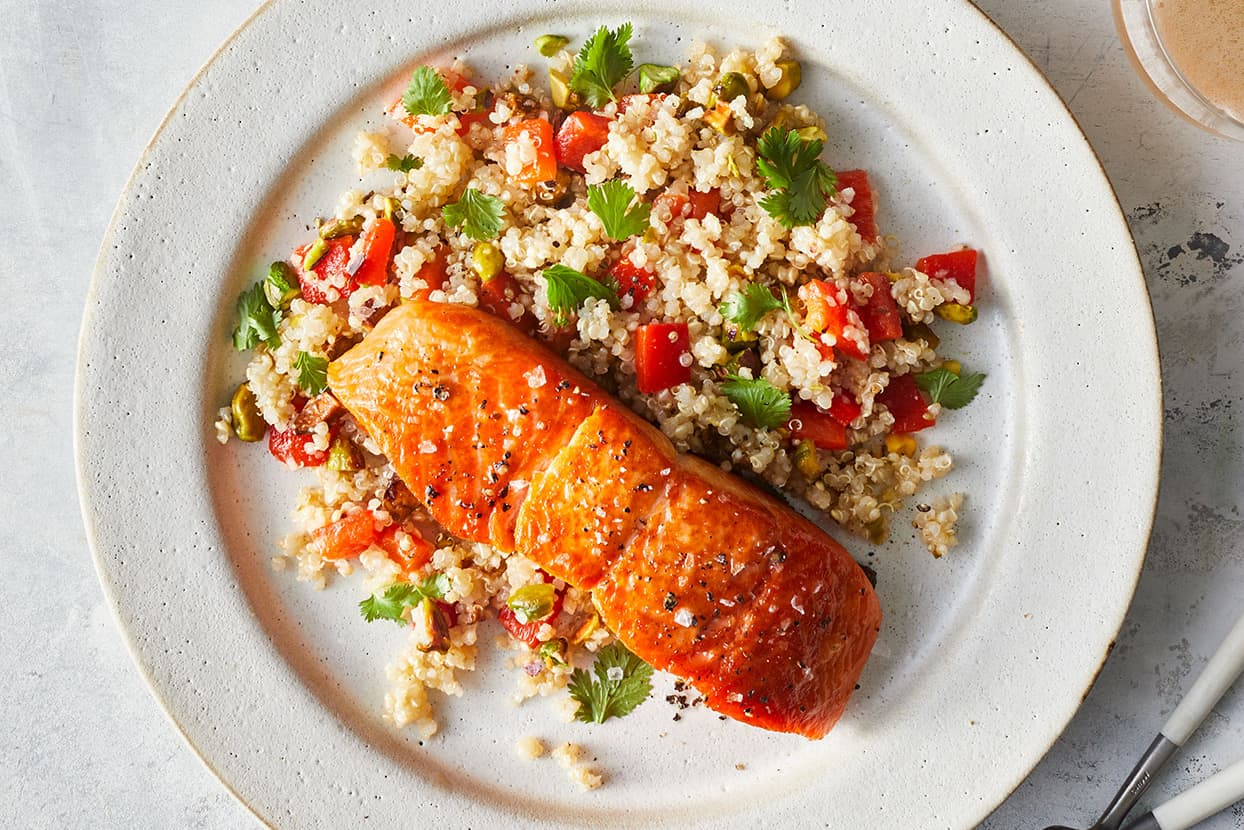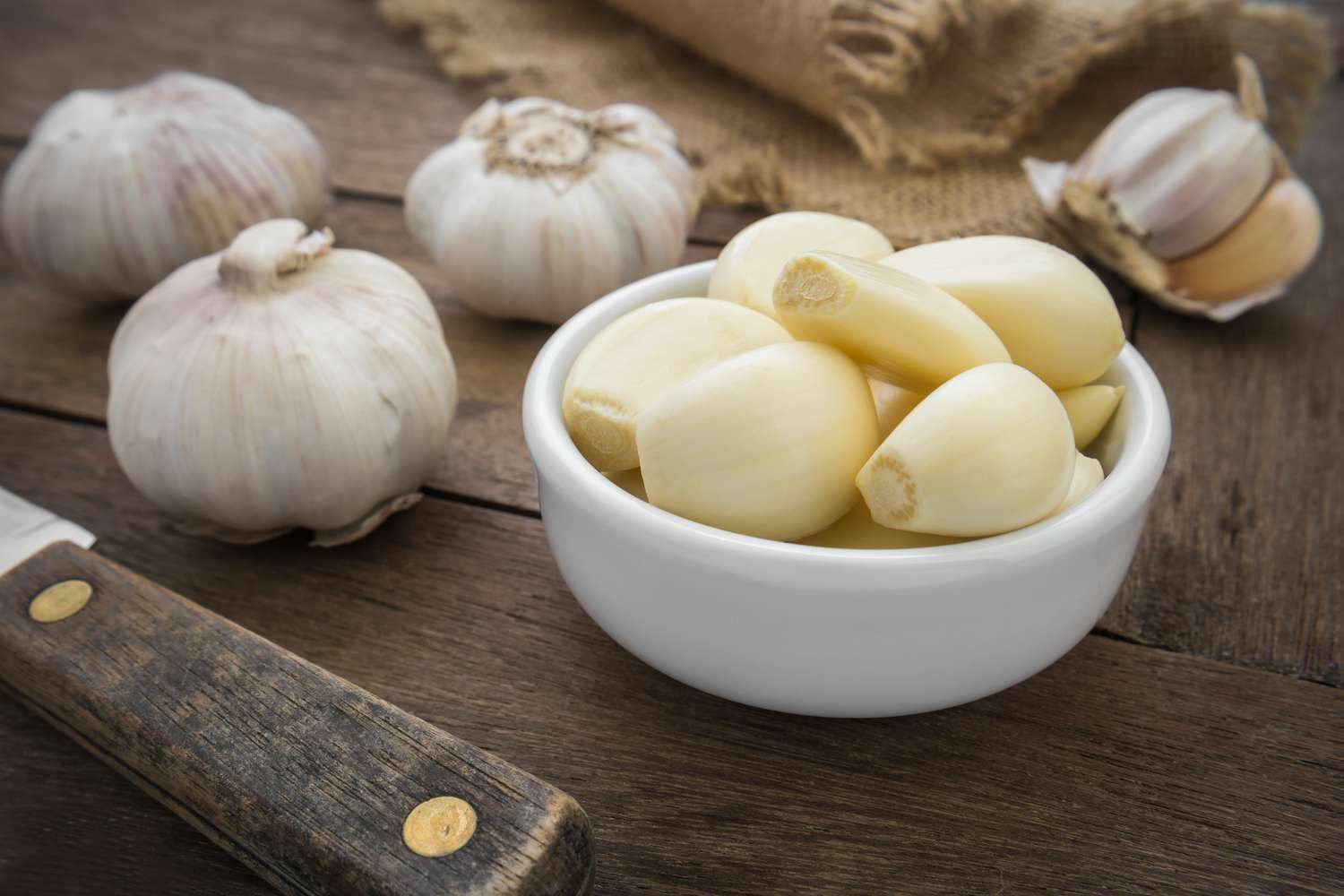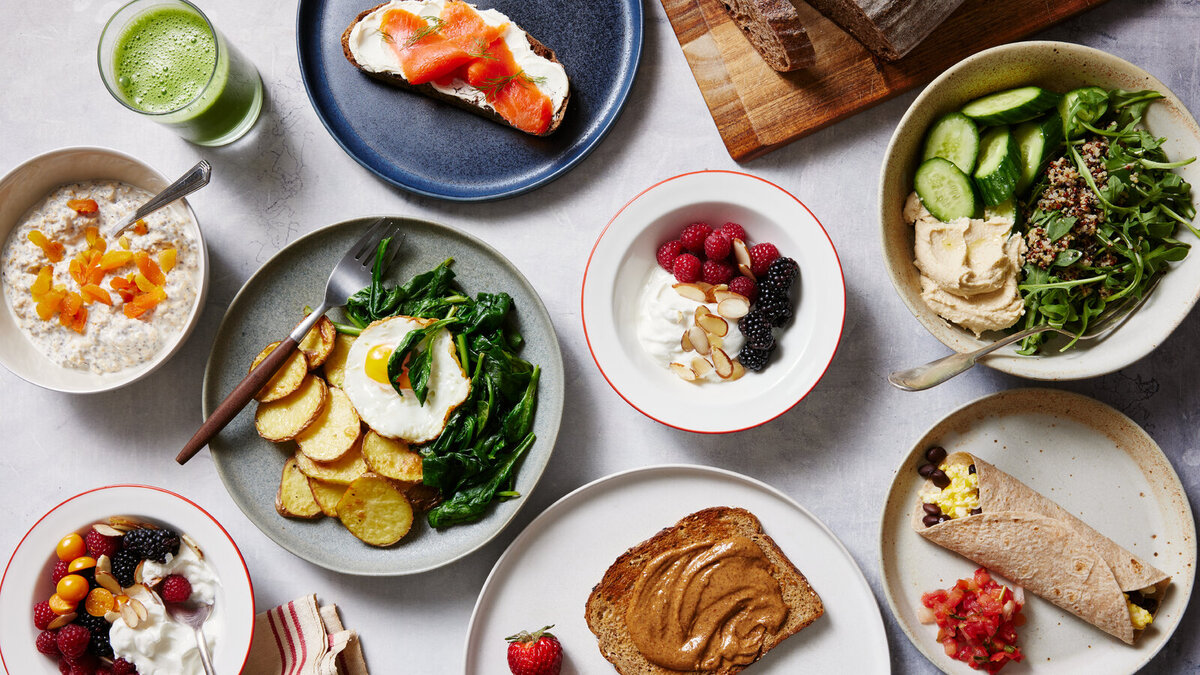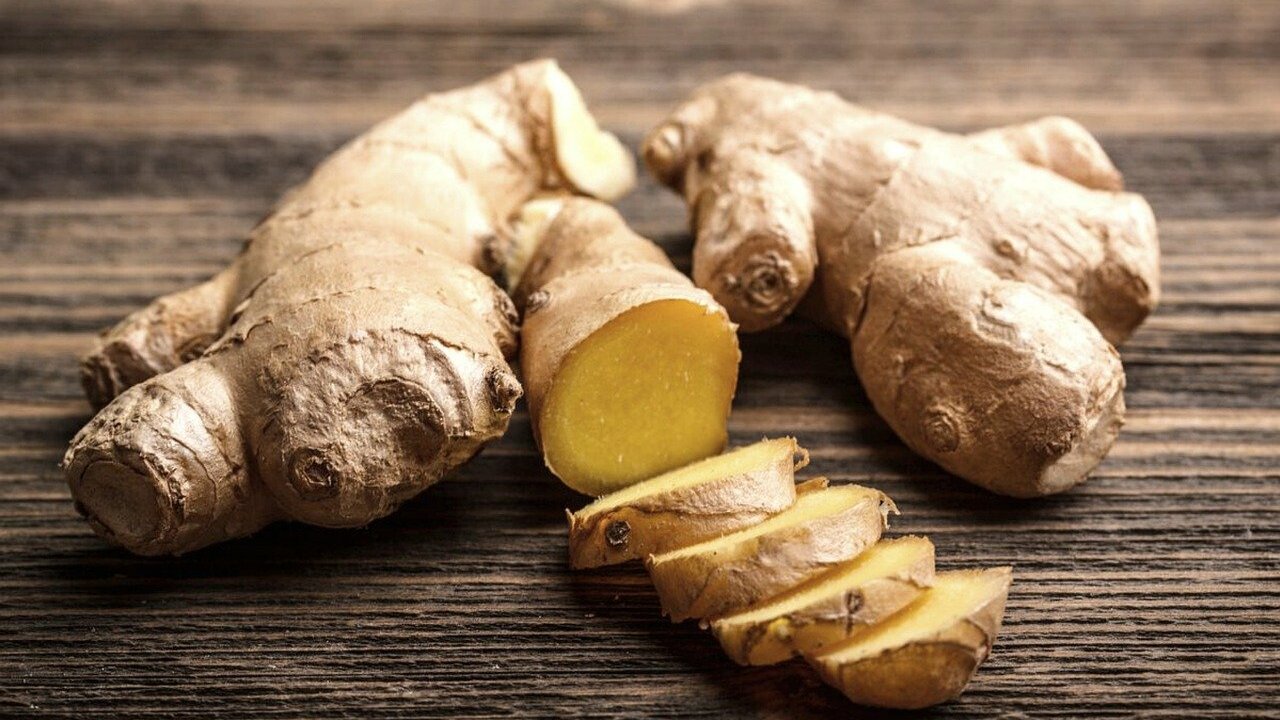When it comes to achieving a flat stomach, what you eat plays a crucial role. While exercise is important, eating right is equally essential for achieving your desired results. Here are some tips on how to eat right for a flat stomach:
1. Incorporate Fiber-Rich Foods
Fiber is essential for promoting digestive health and preventing bloating. Include plenty of fruits, vegetables, whole grains, and legumes in your diet to ensure an adequate intake of fiber. These foods not only keep you feeling full for longer but also aid in maintaining a healthy weight.
2. Choose Lean Proteins
Opt for lean proteins such as chicken, turkey, fish, tofu, and legumes. These protein sources are lower in saturated fat and can help support muscle growth and repair, which is essential for a toned stomach.
3. Limit Refined Carbohydrates
Refined carbohydrates like white bread, pastries, and sugary snacks can lead to bloating and weight gain. Instead, focus on consuming whole grains such as quinoa, brown rice, and oats which provide sustained energy and are less likely to cause bloating.
4. Stay Hydrated
Drinking plenty of water is essential for maintaining a healthy metabolism and preventing water retention, which can lead to a bloated appearance. Aim to drink at least eight glasses of water a day and limit your intake of sugary drinks and alcohol.
5. Mindful Eating
Practice mindful eating by paying attention to your body’s hunger and fullness cues. Avoid eating too quickly and take the time to savor and enjoy your meals. This can prevent overeating and reduce the likelihood of bloating.
6. Watch Portion Sizes
Be mindful of your portion sizes, as overeating can lead to discomfort and bloating. Use smaller plates, chew your food thoroughly, and stop eating when you feel satisfied, not overly full.
7. Limit Processed Foods
Processed foods are often high in sodium and artificial additives, which can contribute to bloating. Opt for whole, unprocessed foods as much as possible to support a healthy digestive system and reduce bloating.
By incorporating these dietary changes, you can support your journey towards a flatter stomach. Remember, achieving a flat stomach is not just about doing countless crunches; it's also about nourishing your body with the right foods. With a balanced diet and regular exercise, you can work towards achieving your health and fitness goals.











